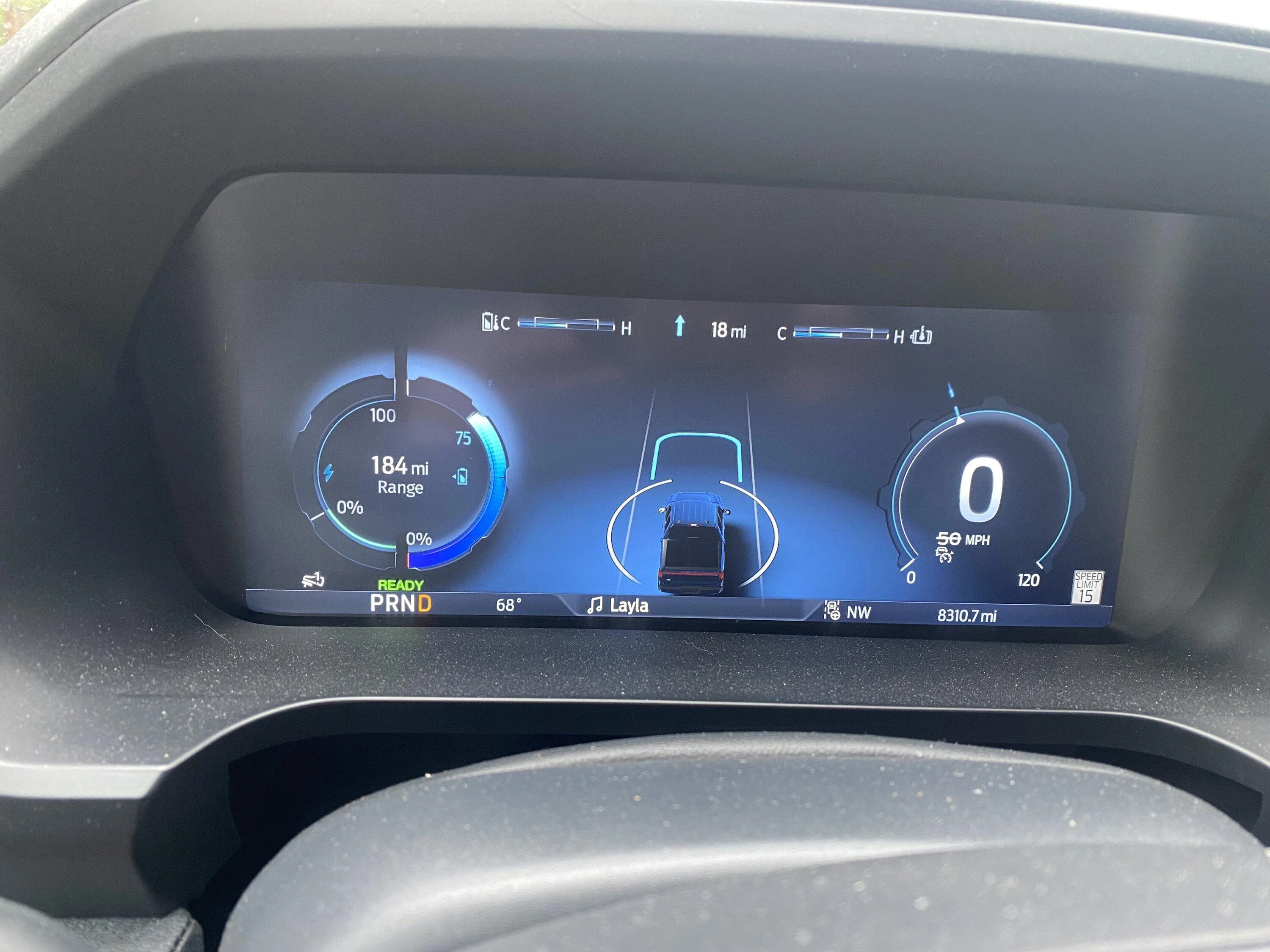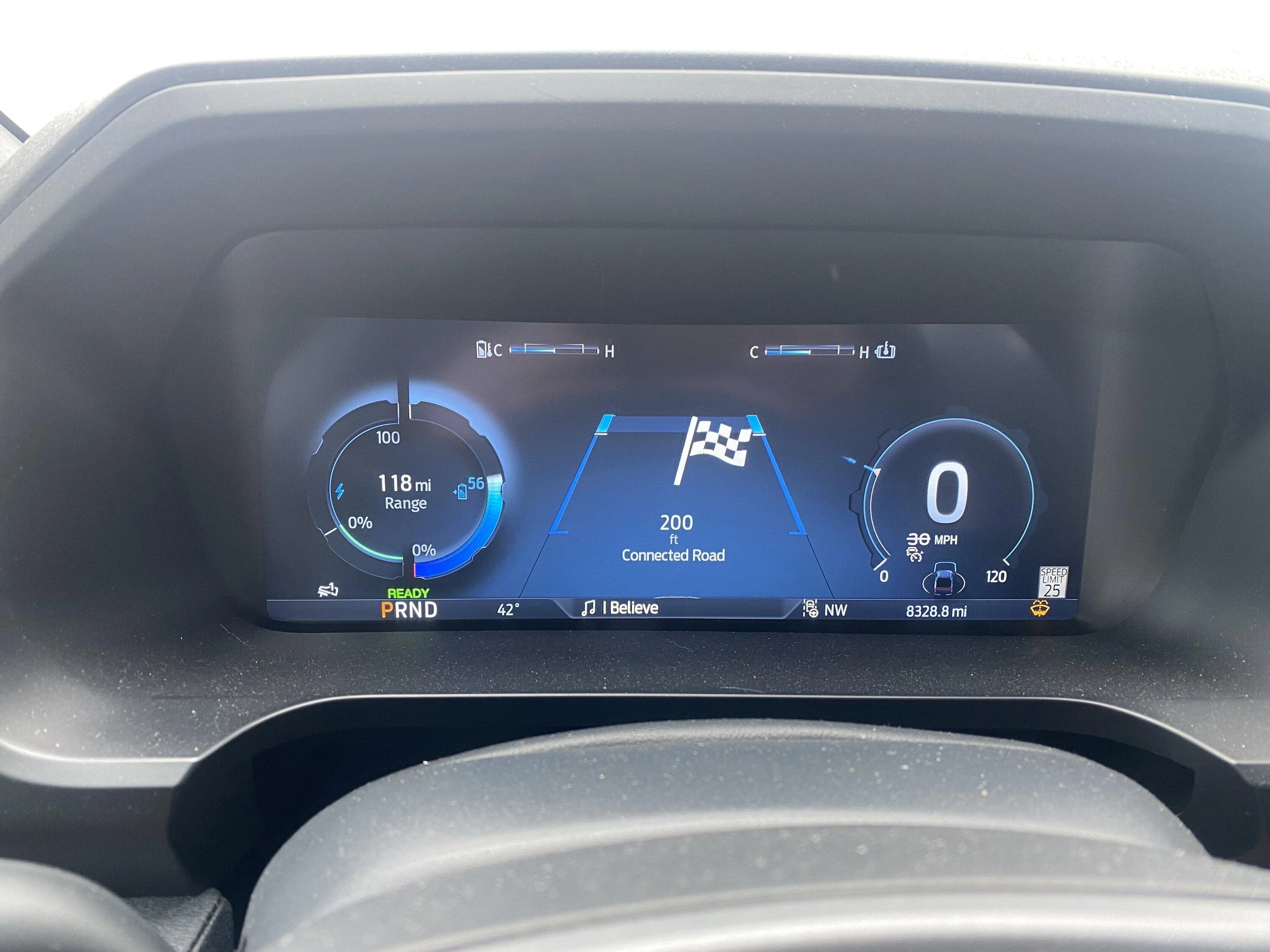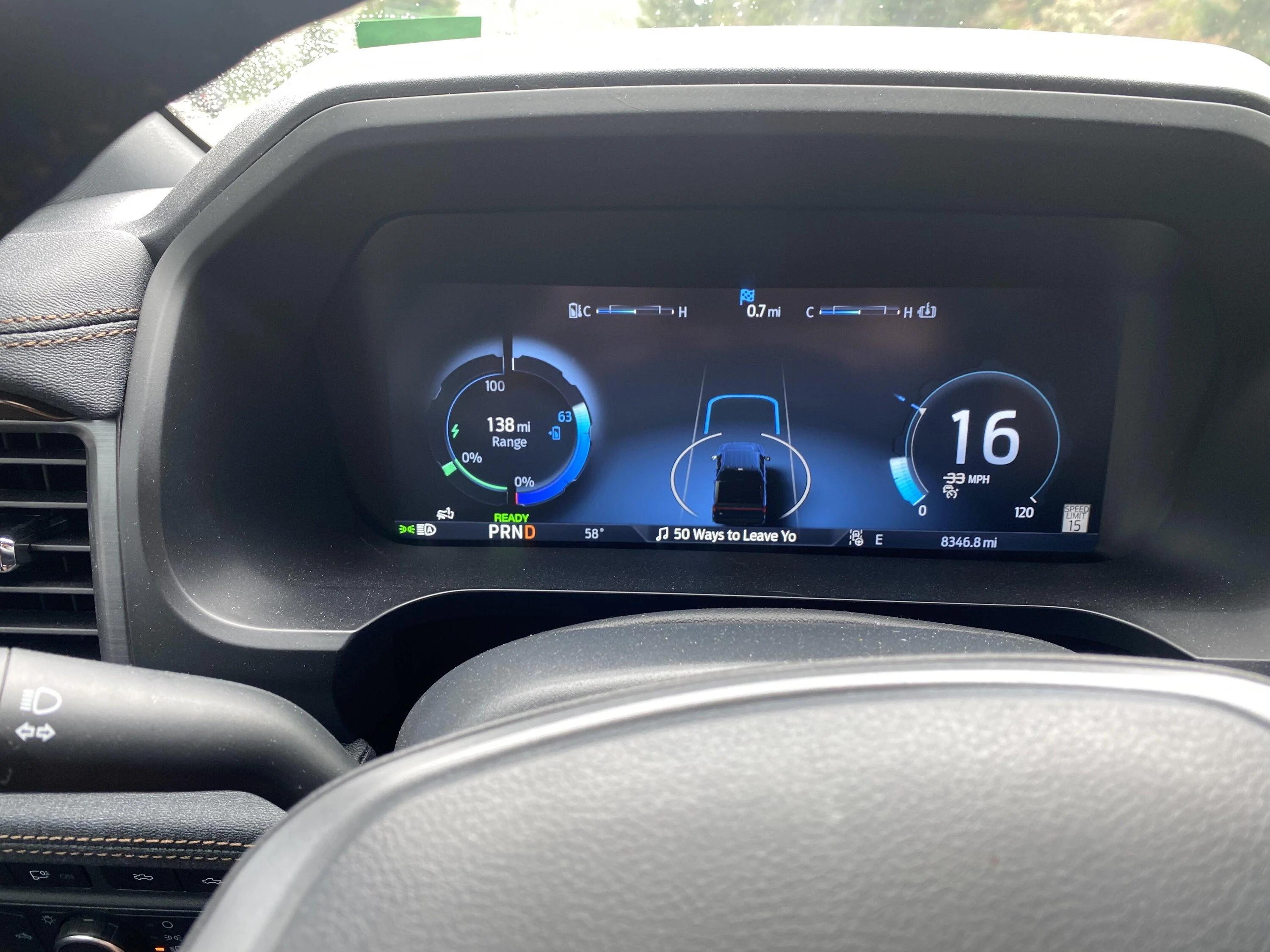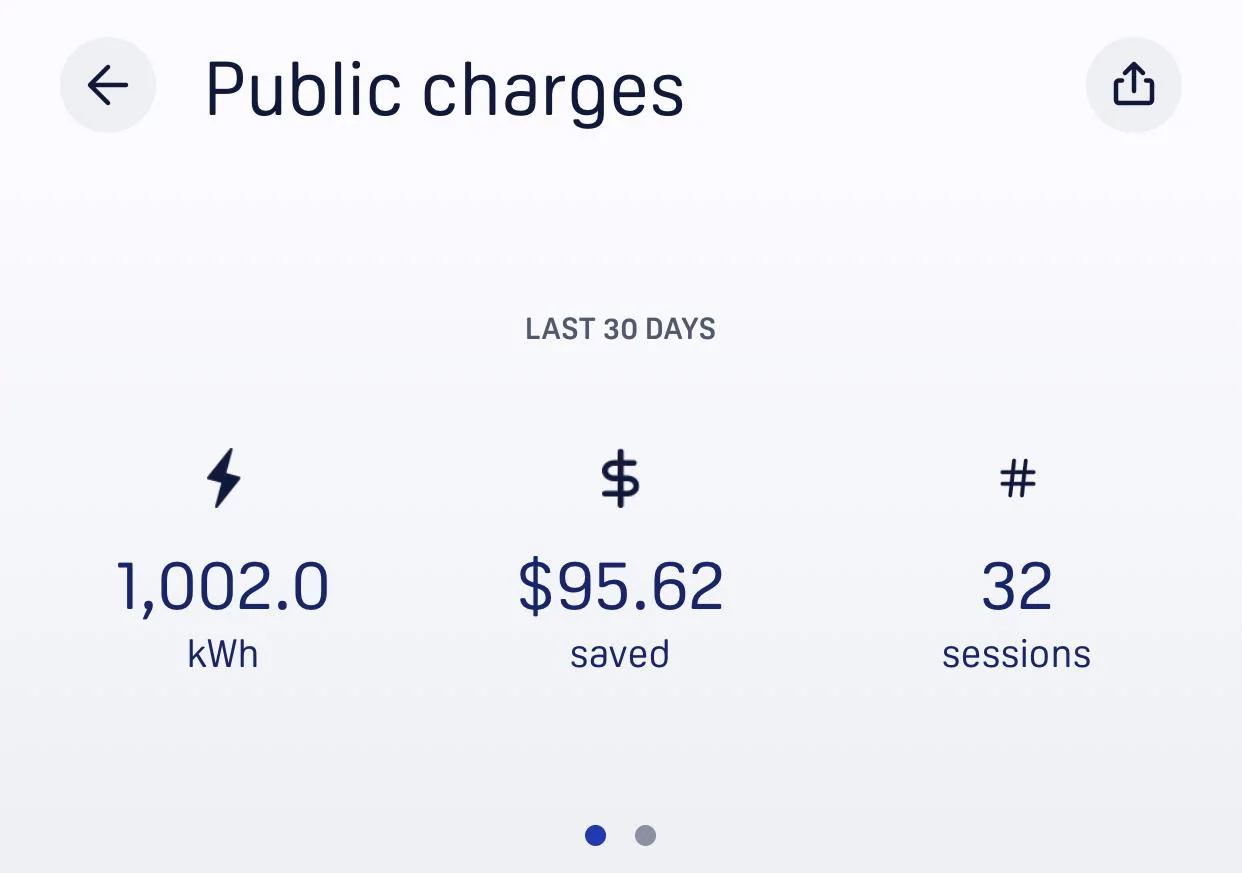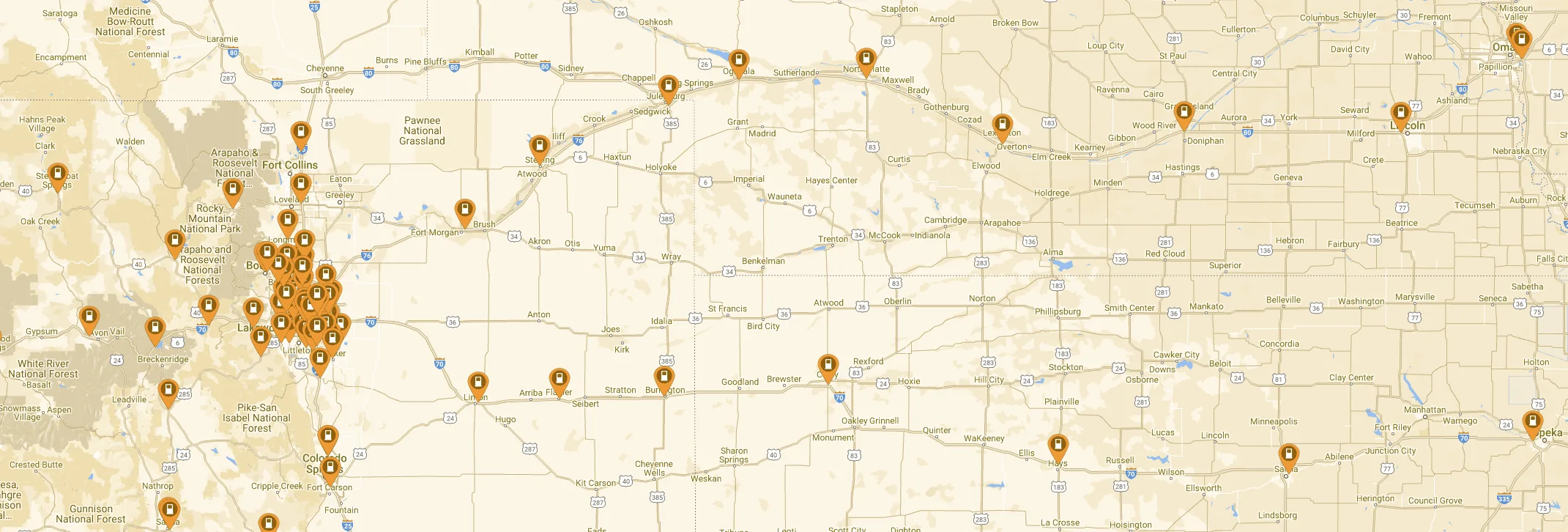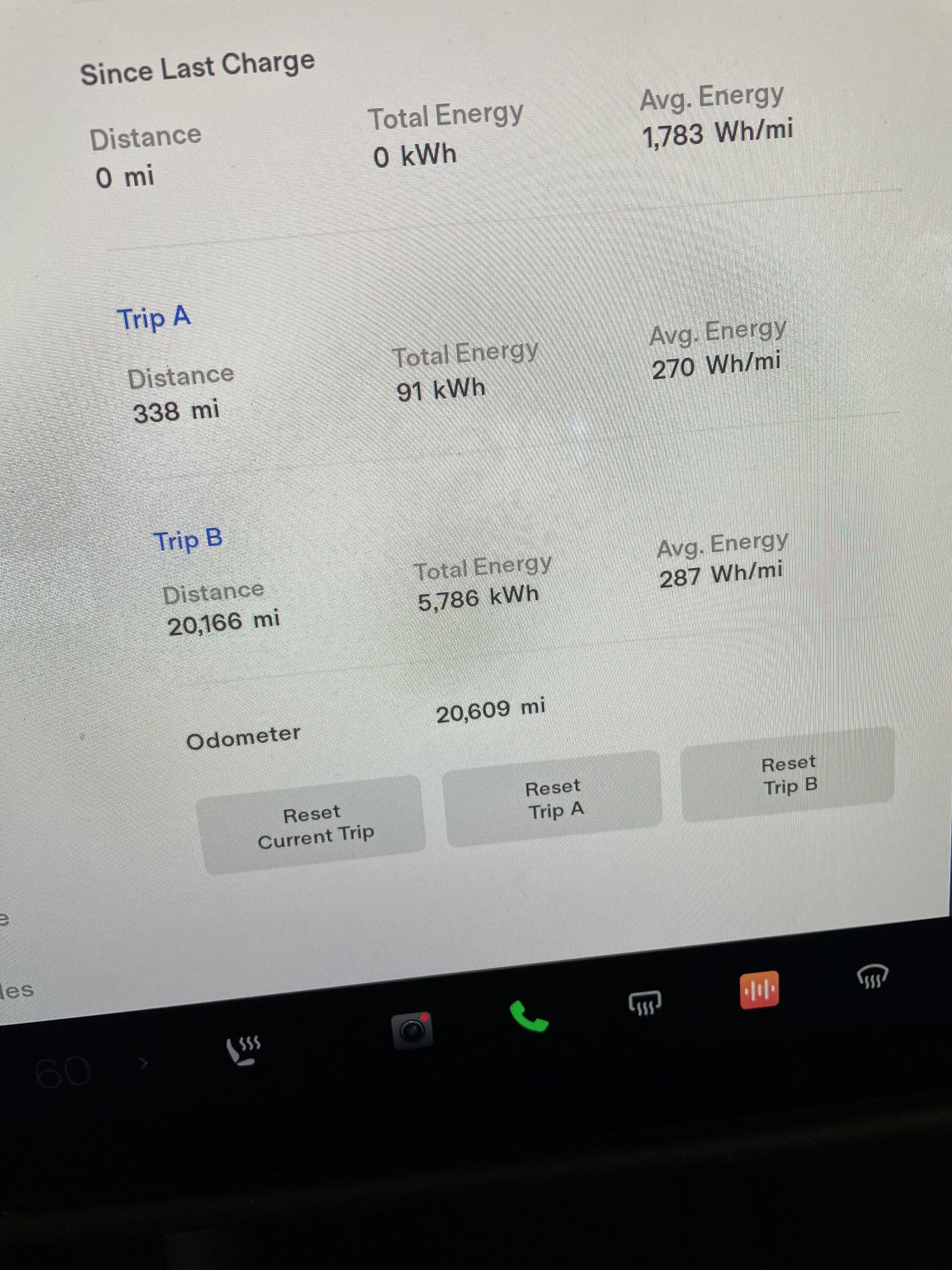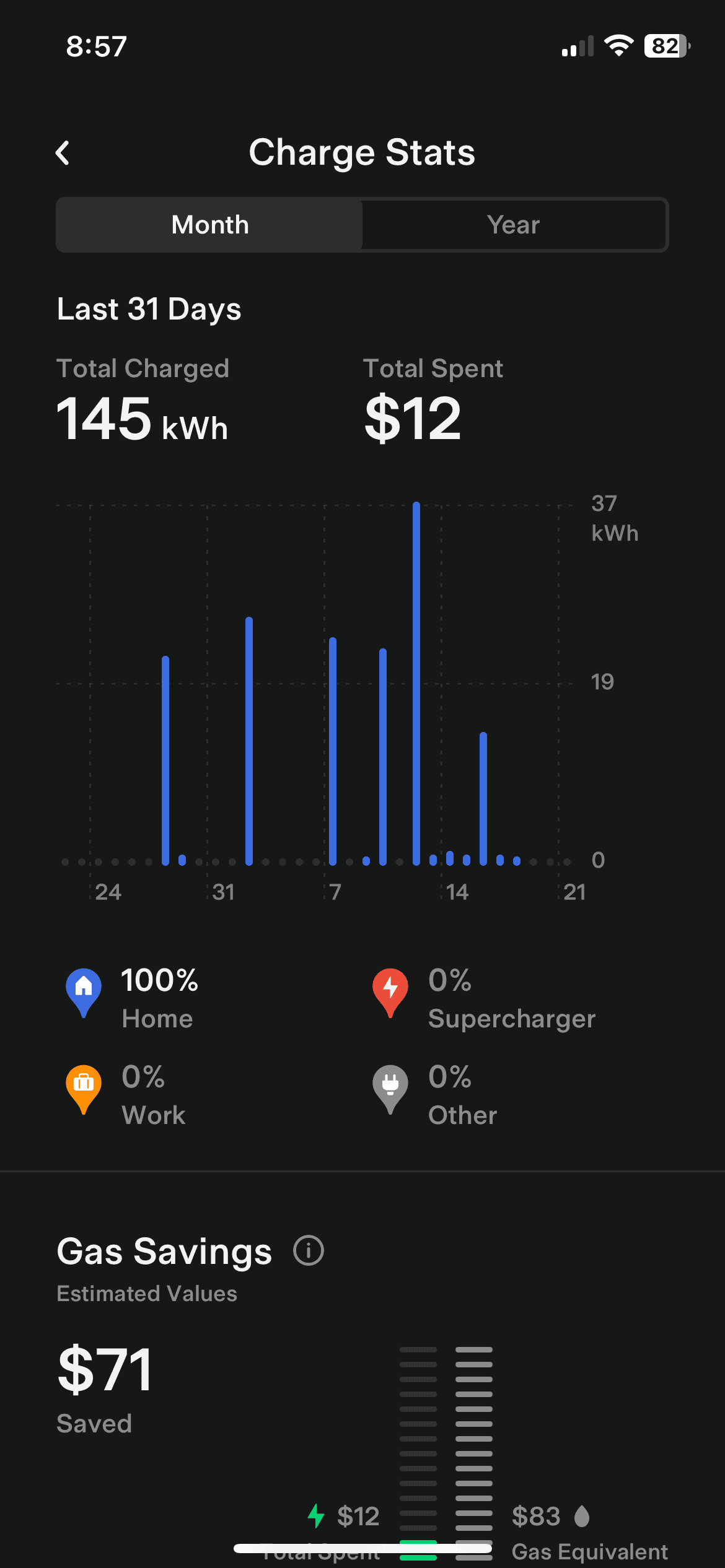Wsl346
Well-known member
- First Name
- William
- Joined
- Dec 20, 2021
- Threads
- 5
- Messages
- 498
- Reaction score
- 762
- Location
- Austin, Texas
- Vehicles
- Lightning Lariat ER, Volvo XC60 T8, Many Bicycles
- Thread starter
- #1
My wife, 5 month old, dog, and I took our Lariat ER on a two week trip to Colorado. While I've done plenty of 1 charging stop trips before, this was my first multi-charge, long distance trip in an EV. Now that I've done it and it went off with no major issues, I am firmly in the EV road trip camp. It takes a much different mindset but I enjoyed all the short stops to stretch my legs and get a coffee/drink. My only gripe was that the CCS charging network required us to take a different, less direct route than if we were driving an ICE. Despite all the negativity surrounding Electrify America (EA), I found it to largely be very reliable and I would always prioritize using EA over another network. You do have to preplan your route and use plugshare if you want to have a successful trip. Interestingly enough, if I had a Tesla I would have been able to take the most direct routes. I am most certainly looking forward to when all the V3 superchargers open up to Ford EVs next year. I'll post a full trip report below for those that are interested but will start off with a summary and various observations if you just want a TLDR.
Summary:
To Colorado:
Day 1: Dallas to Amarillo
Back to Texas: While we started our trip in Dallas, we actually live in Austin so we had a longer drive home. The route back in a CCS EV is a bit frustrating because there is no reliable way to get to Austin via the most direct route as you have to go through Lubbock. West Texas is a true CCS charging desert so we opted for a much safer but longer route via I70 to I35. In an ICE this would have been a 15 hour drive but in a CCS EV turns into 22 hour drive, 16.5 hours of driving and 4.5 hours of charging. At the end of the day it's not a big deal because the travel time pales in comparison to the full time we spent in Colorado. Something I tried to keep in mind when balking at the much longer route.
Day 1: Winter Park to Wichita
Final Trip Summary

Living her best life

Garden of the Gods in Colorado Springs

Pikes Peak. I got about 0.8mi/kWh driving to the top

Moffat Highway. The first railroad to cross the continental divide. This road was a bit more rough than I anticipate but the truck did fine.

Looking out over Winter Park resort

Waco, TX EV truck party at the EA site

Summary:
- My wife sat in the back with the baby and our dog sat up in the front seat with me. She was living her best doggy life.
- 2,542 miles of driving
- I averaged 1.9mi/kWh. I'm guessing I had 600lbs of humans/canines/items in the truck, including two bikes on a bike rack.
- My worst efficiency was 1.4mi/kWh going 75mph between Denver and Wichita due to a constant head wind
- My best efficiency was 2.2mi/kWh going 75mph between Dallas and Oklahoma City because if you have to do a soul sucking drive, you may as well have good efficiency.
- Based off my milage and efficiency, I used 1.34MWh of energy across the entire trip
- I used 1MWh of energy at EA and saved $95.62 in charging costs by being a pass + member
- I never drove over 75mph and would typically drive 5mph over on highways where the speed limit was under 75mph. I would bump my speed up to 77mph temporarily in order to pass a vehicle if I had someone behind me in the left lane
- 17 total charging stop with no major/unexpected issues. 2 charging sites were having major issues that I preplanned for. 3 charging sites were running at about half charging speed that I did not plan for. The remaining charging sites were operating normally. Despite what you hear online, very few charging sites had a non-operational chargers.
- At EA sites, Signet chargers have an expiration date and seem to degrade after 4 years. ABB chargers are much more robust and can operate at full capacity for many years. The new generation EA chargers are rare, but when you find a site with them, you are in for a good experience. Time well tell if that is because they are new, or because they are built better.
- BlueCruise was amazing on the interstate, especially the boring stretches. I've used Tesla's AP before on the interstate when I rented one for a week and drove to Canada and back from Seattle. While AP is less likely to disengage, I would choose BlueCruise every time simply because it is a 100% hands free experience. Having to hold and/or interact with the steering wheel every once and while isn't the same as not having to touch it at all. I've discussed this nuance with Tesla owners before and they don't seem to appreciate this distinction between AP and BC but I would argue it's very important.
- As per usual, lots of people staring at my truck in Walmart parking lots, especially in smaller towns. Only in more "EV Friendly" places, like Denver, did anyone actually talk to me about the truck.
- The folding work surface is the best baby changing station
- At first I thought the large amount of cup holders in the truck was silly. In retrospect, I was silly. All the cup holders all the time.
- I've never had an issue activating charging at an EA site but I noticed a few different people with paper tags struggling to initiate a charger. This is concerning because a few bad charging experiences to someone new to EVs could turn them off owning one long term. As a pass + member, I always swipe to initiate in the app first, then plug in. Never had an issue that way. Now that my road trip is over, I'll cancel my pass + membership and go back to Ford's plug and charge for the rare times that I do DCFC.
- Always preplan your route using A better route planner and check plugshare daily for updates on chargers. Most charging issues can be avoided by pre planning and using crowd source charging reviews. I talked to quite a few frustrated people along the way who didn't preplan. They didn't know which charger to plug into, using a bad one that only gives out 32kW or they stopped at a site with reduced charging rates instead of stopping at an earlier or later site in better condition.
- Tesla V3 super charger access can't come soon enough. Not being able to take the most direct route through West Texas was a bummer. Driving through Kansas and Oklahoma sucks.
- Always navigate to the next charger using the Ford NAV. About 20 miles to the charger you can see the temperature bar start to drop back to the mid way mark. While Ford didn't put it in the update notes, about 6 months ago they sent out an update which gave us preconditioning. I forgot to use it once and I noticed the difference in charging speed.
- Stopping every 1.5-2 hours was an unexpected plus of EV road tripping. Historically, I've always wanted to stop as little as possible but looking back I enjoyed the trip much better taking more frequent stops.
- Most charging stops were about 30 minutes and nearly every charging stop the truck was waiting on us to leave and not the other way around. Between hitting the restroom, taking the dog out, feeding the baby or running to get food, the truck was almost always already at 80% and was starting to ramp down to 60kW by the time we were ready to hit the road again. The Lightning may not be the fastest charging EV but it charges fast enough that it doesn't hold a family up. Maybe if you were driving on your own and trying to be as fast as possible it could be seen differently.
- BlueCruise continues to be extremely clutch out on the open interstate. I know there are a lot of people on here who don't think it's that great but I haven't had the same experience. In my day to day driving around town, I would agree it's just ok, but out on the interstate where it's less populated, I've found BlueCruise to be a game changer in terms of long distance driving.
To Colorado:
Day 1: Dallas to Amarillo
- In an ICE there is a direct route via 287 and has a driving time of 5 hours. Unfortunately, there is only one CCS DCFC along this route in Weatherford, TX, a 50kW unit at a dealership. ABRP recommended a hybrid route via 287 where you veer north into Oklahoma to utilize a Franics Energy DCFC site. Reading plug share, all of the potential Francis sites were derated to around 35-50kW. I opted to take a much safer route via I35 to I40 using Electrify America DCFC sites exclusively. This ended up being an 8.5 hour drive. 6.5 hours of driving a 1.5 hours of charging. Although ABRP recommended 3 charging stops, I opted to stop 4 times. The reason for this is because the last EA site before Amarillo in Erik, OK had reviews on plug share of only outputting 32kW due to a cable cooling issue. Running the numbers, I would either have to stop at this site for very long charge or drive 10mph under the speed limit if I wanted to skip it. What I ended up doing is charging to 90% at the EA station before the Erik, OK station, then only doing a quick top up in Erik. We made it to Amarillo without any issues and there were no issue charging outside of the stop in Erik, OK but I don't consider that an issue because I had planned around it. After we put the baby to bed I headed over to the Amarillo EA site to charge up to 80% so we didn't have to worry about charging in the morning. I did have one instance where the charger faulted out halfway through charging but it start right up again and I completed my charge.
- This is another 5 hour drive in an ice where you take 87 to I25. There are no CCS DCFCs along this route so I ended up taking I40, stopping in Tucumcari, headed north via a small state highway, then connecting with I25. This was another 8 hour drive with the same 6.5 driving and 1.5 charging split. We had 3 charging stops and the only issue I had was in Tucumcari. According to plug share, only one of the four chargers was reliable. Of course when I pulled up the only reliable charger was being used. I plugged into the charger next to it and was only getting 32kW (cable cooling issue). I switched handles on the same charger and it immediately shot up to 170kW. Success! Or so I thought...about 5 minutes into the charge it dropped down to 32kW. Fortunately, the other driver had unplugged right about then so I was able to switch to the reliable charger and I had a good session from there. After that charger all other went off without a hitch and we made it to Colorado Springs.
Back to Texas: While we started our trip in Dallas, we actually live in Austin so we had a longer drive home. The route back in a CCS EV is a bit frustrating because there is no reliable way to get to Austin via the most direct route as you have to go through Lubbock. West Texas is a true CCS charging desert so we opted for a much safer but longer route via I70 to I35. In an ICE this would have been a 15 hour drive but in a CCS EV turns into 22 hour drive, 16.5 hours of driving and 4.5 hours of charging. At the end of the day it's not a big deal because the travel time pales in comparison to the full time we spent in Colorado. Something I tried to keep in mind when balking at the much longer route.
Day 1: Winter Park to Wichita
- This route is fairly straight forward. Just drive on I70 for a long time. This is where BlueCruise is king. Long stretches on nothing become much less tedious when the truck does it for you. The trip started off strong with a stop in Denver. The EA site was in a Costco parking lot and it has the new generation units which always initiate quickly and give great power. I was pulling down a whopping 185kW for about 5 minutes. Since the charging units were right at the entrance of the parking lot I had a few people stop to talk about the truck and EVs in general. Unfortunately, the rest of the trip was just OK. Not terrible but I hit a string of underpowered chargers all the way to Wichita. The issue was is that they are all the older Signet units that don't seem to fair very well over time. In Texas I've only ever encountered the more robust ABB units so this was my first experience with "bad" charging and I can now see why some people dislike EA so much. After the Denver stop, we had an additional 4 charging stops. 1 was a ChargePoint on the border of Colorado and Kansas which worked great, although it was by far the most expenses charge I've ever had. I believe it was 48 cents per kWh and had a $2 flat fee. The other three stops were all EA sites with crappy Signet units that worked, but were only getting about 85kW. What was supposed to be an 11 hour drive turned into 12 hours. Not the worst thing in the world all things considered.
- Our last leg of the trip was fairly uneventful. Heading south on I35 we only experienced EA sites with ABB units and all had multiple chargers giving full speed. The only thing to note is that it was extremely hot which seemed to affect charging speed just slightly. We had 4 charging stops in total and I believe the highest charging speed I saw 177kW at our first stop in the morning before it got over 100 degrees. After that I was maxing out at 130kW, which is a perfectly acceptable charging speed considering the extreme conditions I was charging in. One interesting thing to note is that I pulled into the Waco EA site at about the same time another Platinum Lightning showed up. The reason I mention this is because I have a Lariat without max tow and the platinum has max tow standard. We both experienced the same reduced charging speed of 130kW and slowly dropped to about 100kW. While very anecdotal, what this tells me is that having max tow doesn't help charging speed, even though the truck has a dedicated A/C unit for the battery. Take that single data point as you will. Anyways, it was a good charging day and we finally made it home just in time for the baby's bed time. What a trip.
Final Trip Summary
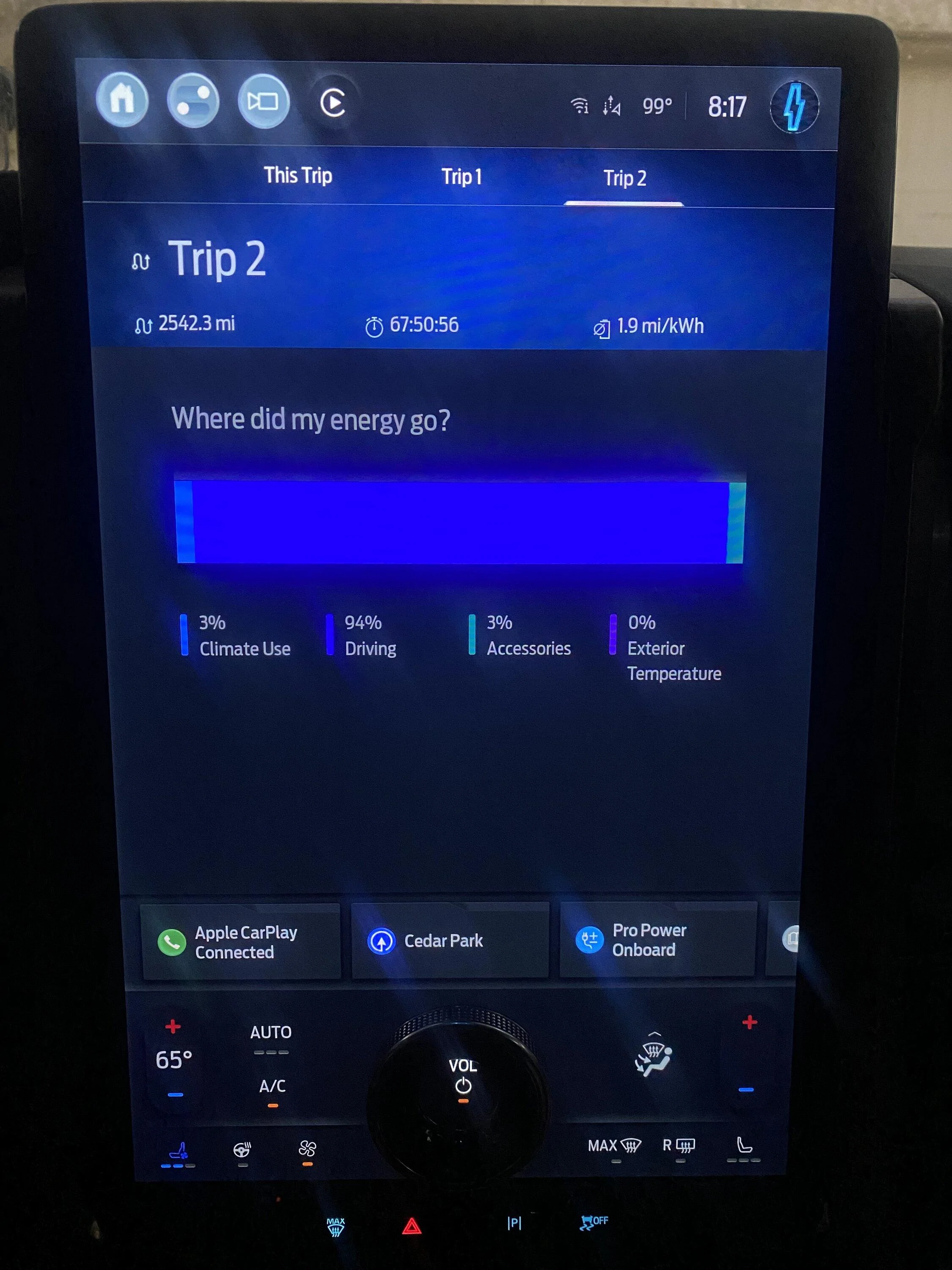
Living her best life
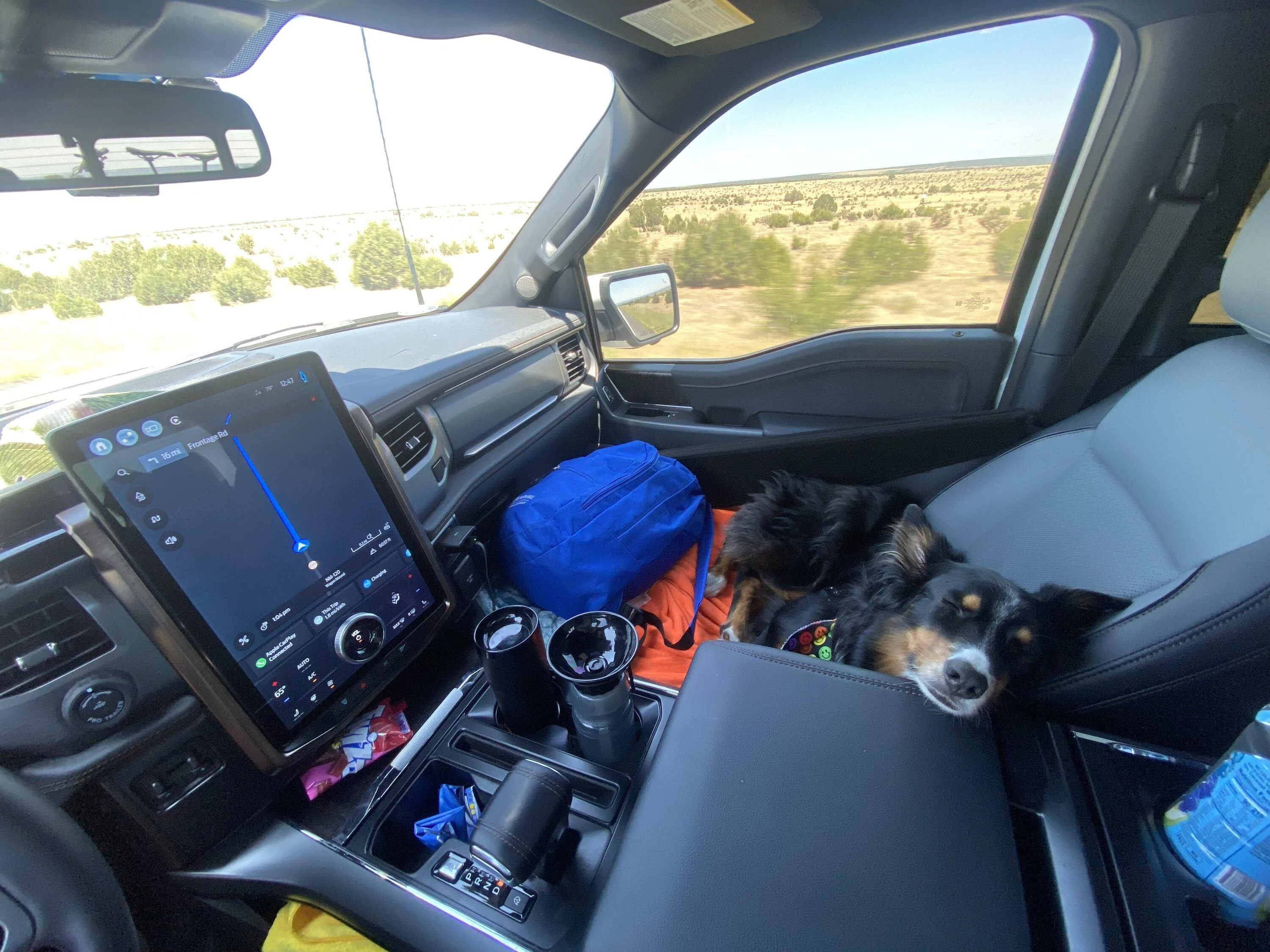
Garden of the Gods in Colorado Springs
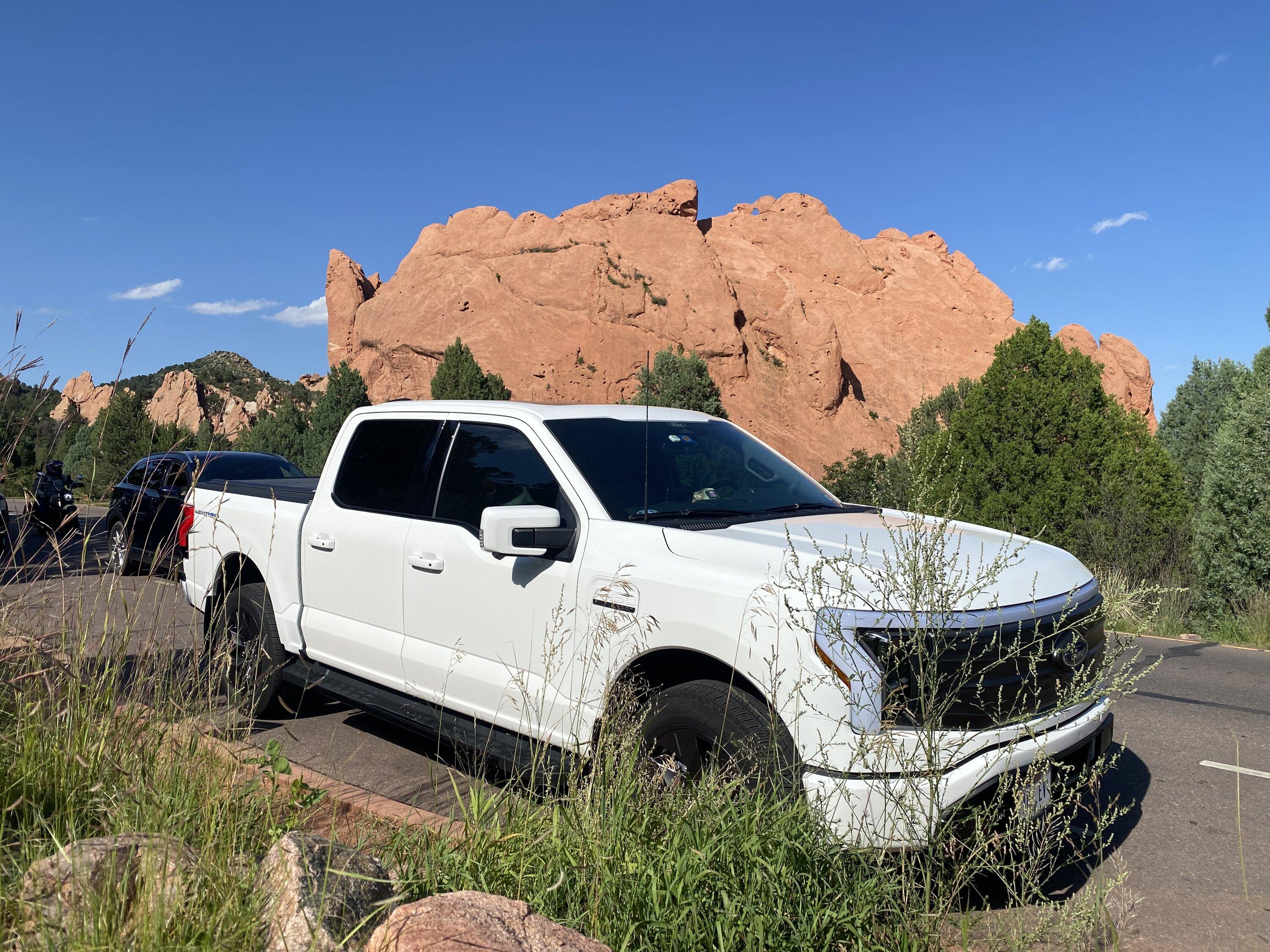
Pikes Peak. I got about 0.8mi/kWh driving to the top
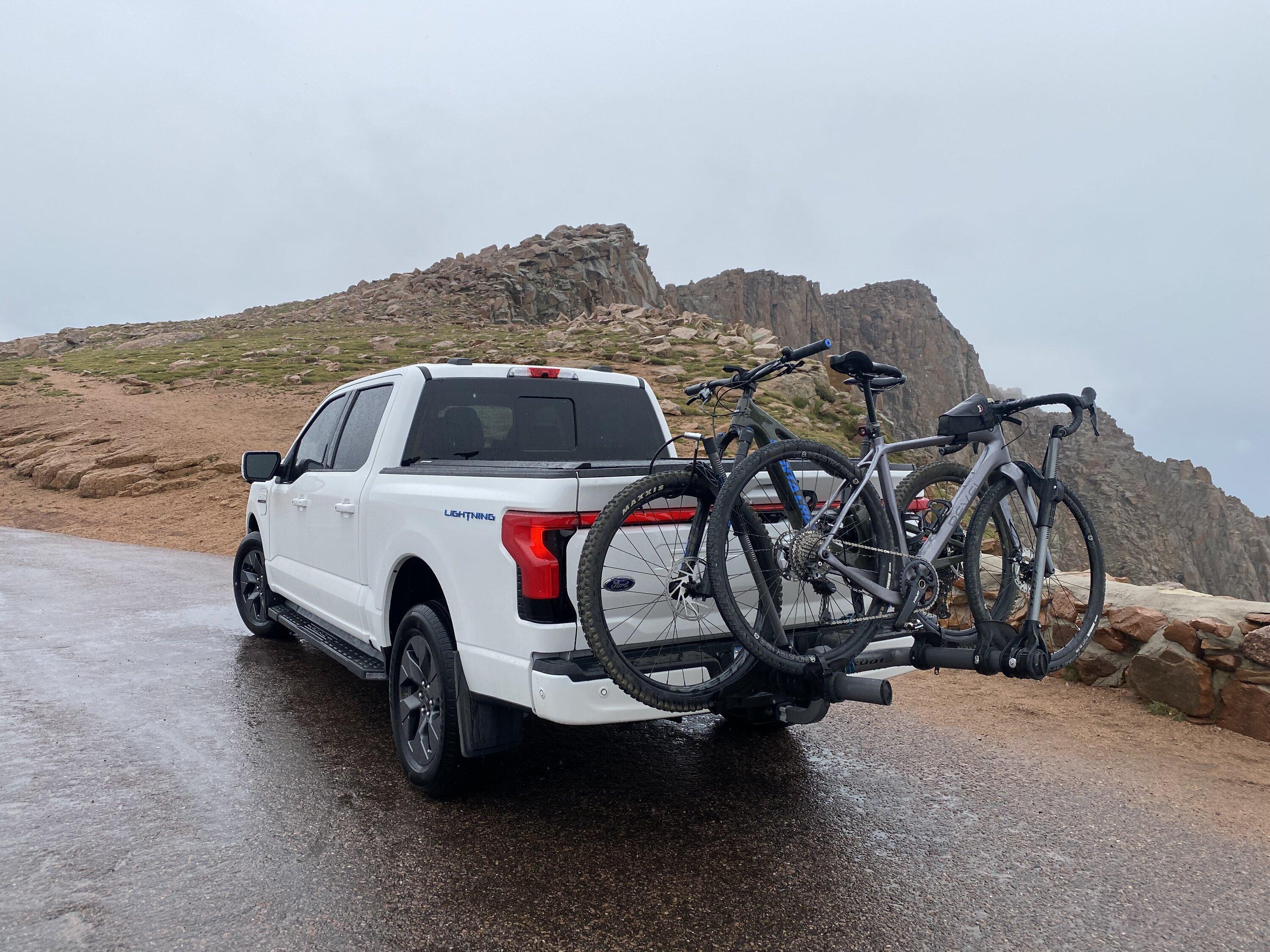
Moffat Highway. The first railroad to cross the continental divide. This road was a bit more rough than I anticipate but the truck did fine.
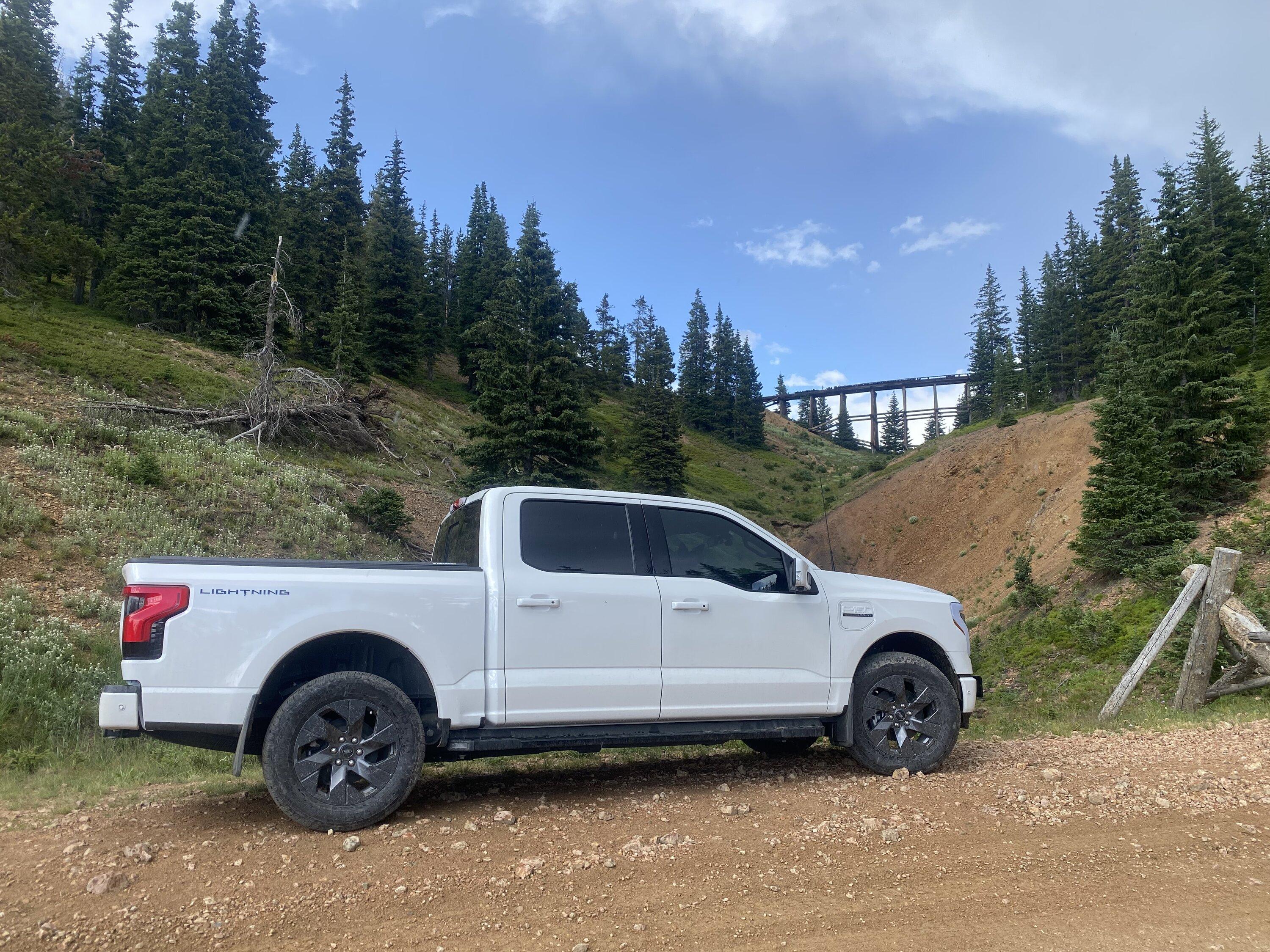
Looking out over Winter Park resort
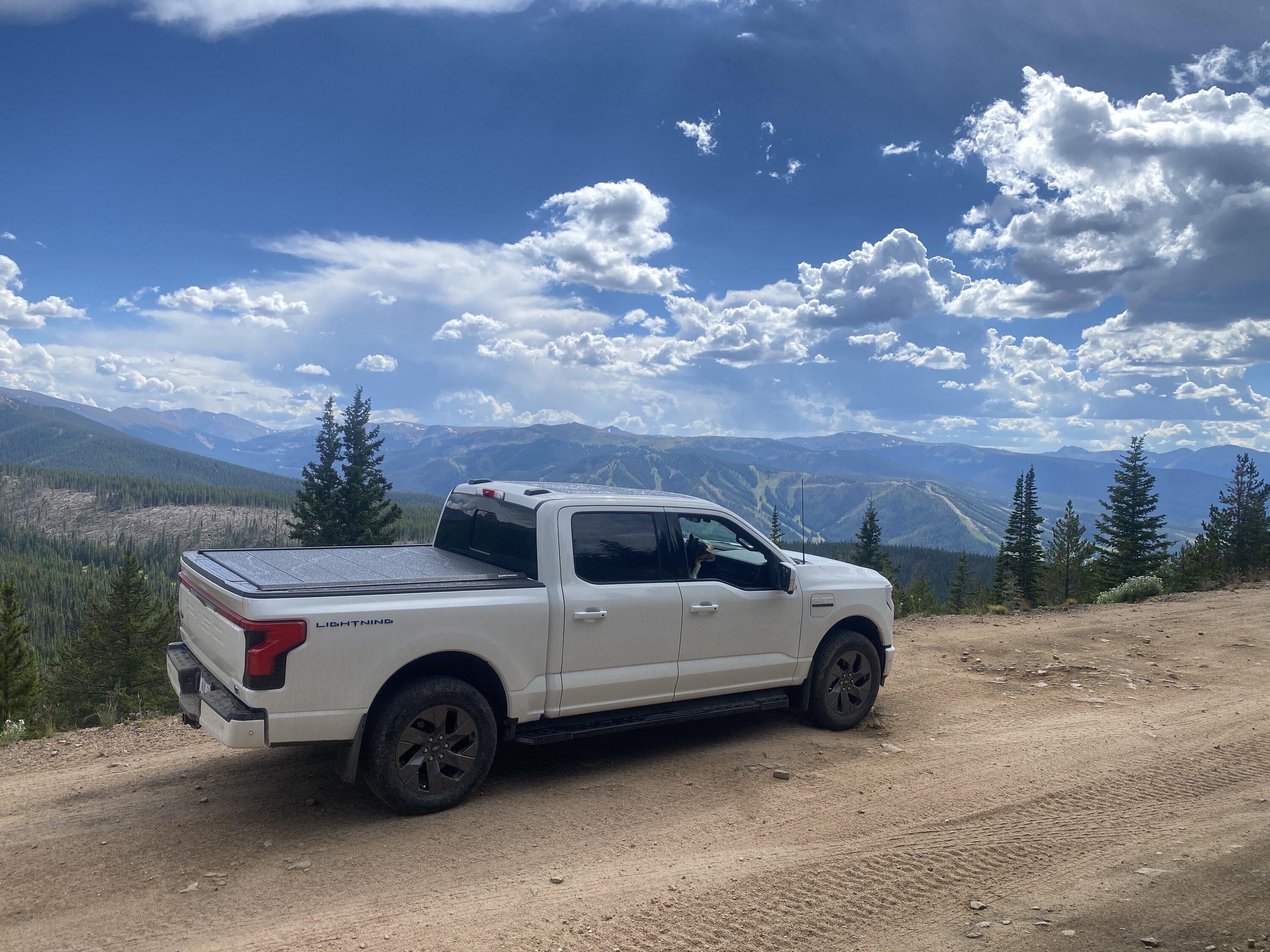
Waco, TX EV truck party at the EA site
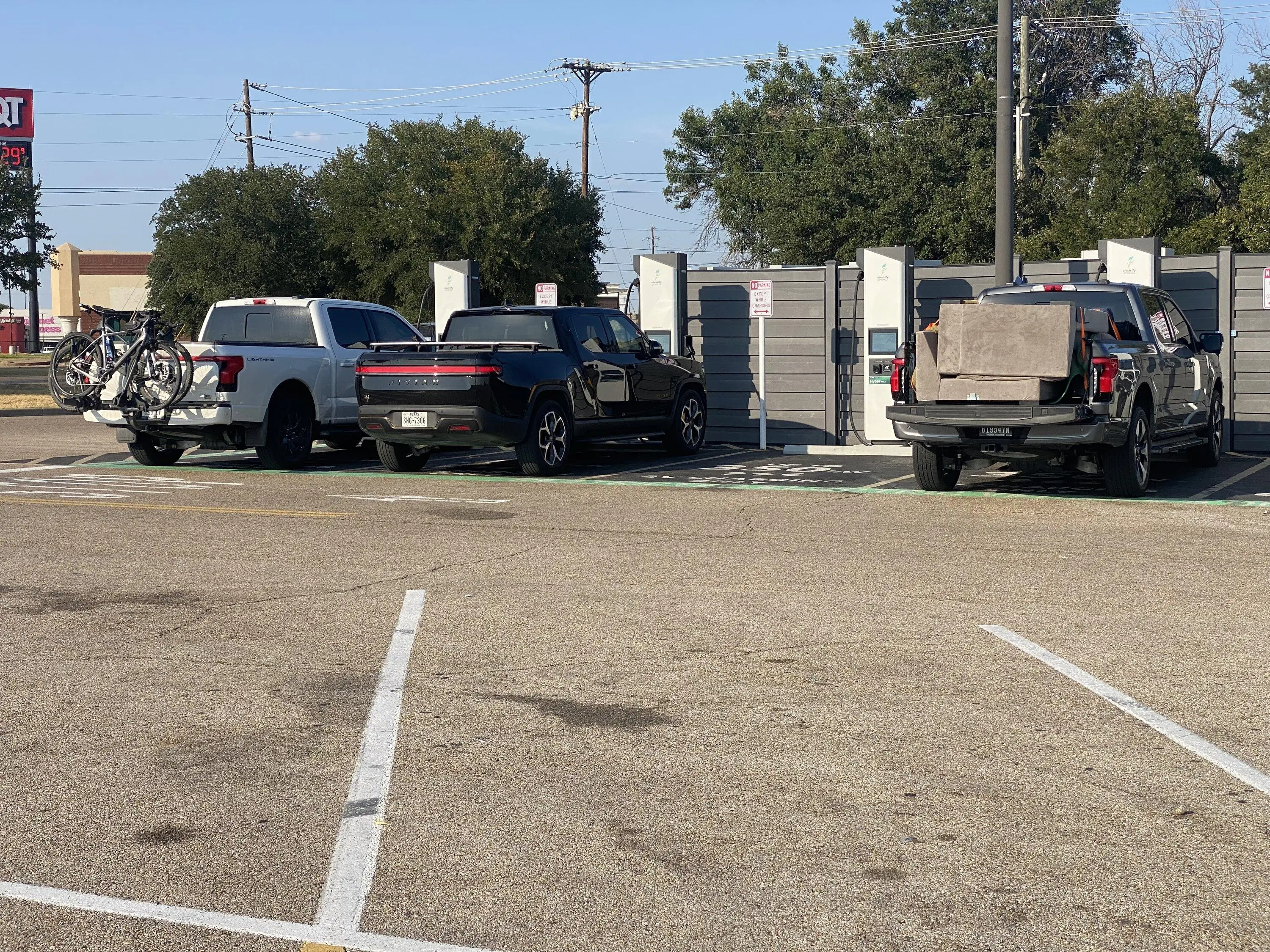
Sponsored


